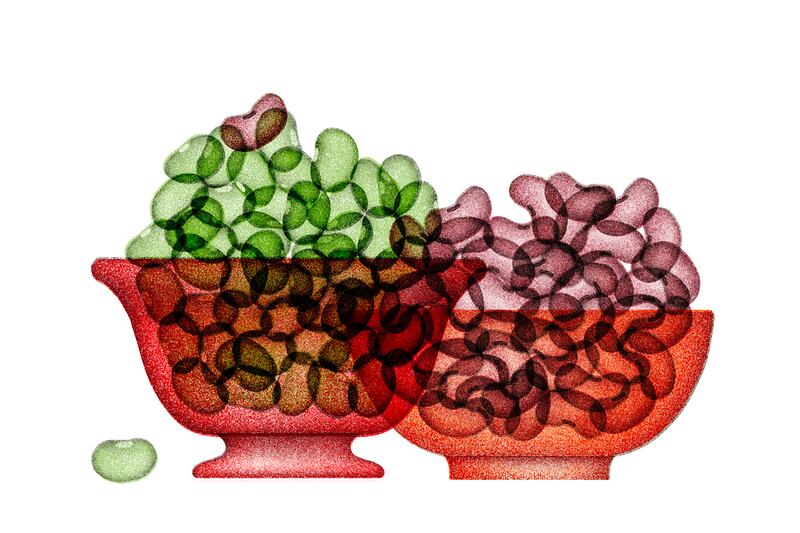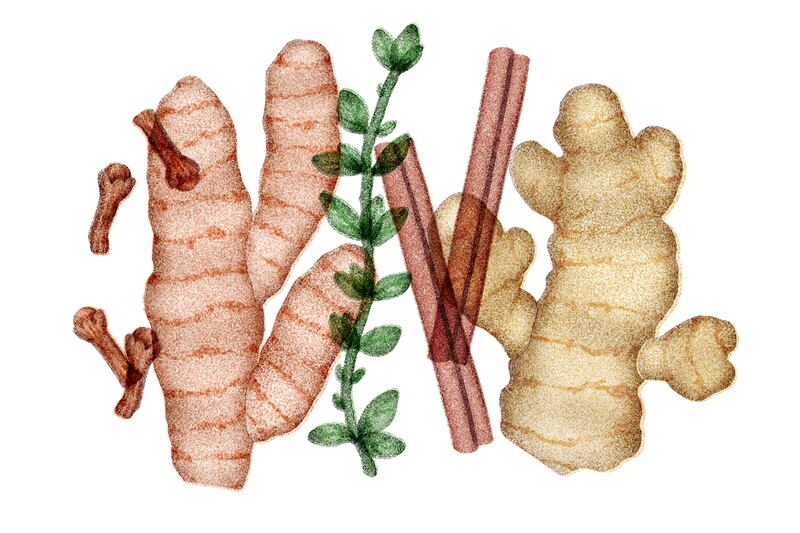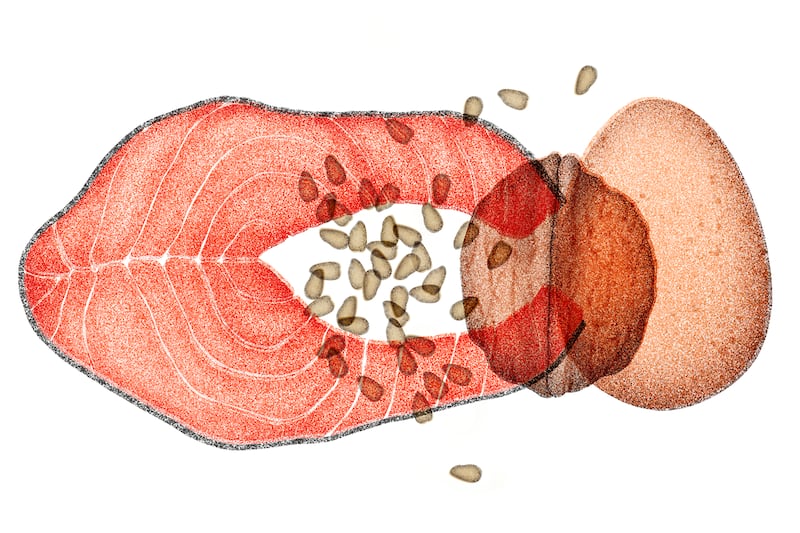Experts sometimes describe inflammation as a necessary evil. On one hand, this essential immune system response helps you stay safe and heal from illnesses, though it isn’t always pleasant – often causing symptoms such as redness, swelling and soreness.
But when inflammation levels in your body remain high for months or years at a time – even in the absence of a threat – it can create health risks of its own. Untreated, chronic inflammation can increase the risk of serious health issues such as cancer, cardiovascular disease, arthritis and metabolic conditions such as Type 2 diabetes.
The condition is hard to diagnose. This is in part because chronic inflammation symptoms can vary widely and there isn’t a test that can reliably diagnose it.
Diets high in highly processed and sugary foods are connected to chronic inflammation, while consuming certain healthy foods – fresh fruits, vegetables, fibre and certain fats – have been shown to help tamp it down.
Ireland v France head-to-head: Wing wizards all capable of casting spells on the pitch
I feel we’re close now, Meghan, so I can speak freely. The right pitch is crucial in lifestyle hucksterism like yours
Will Micheál Martin man up and give man-baby Trump a good talking-to?
Loophole used by some drivers to avoid penalty points due to be closed by end of month
Here are the foods with demonstrated anti-inflammatory benefits.

Vegetables
Dr Sean Spencer, a gastroenterologist and physician-scientist at Stanford University, said that the fibre in vegetables is essential for feeding and maintaining the gut microbiome, which signals the immune system to keep inflammation down. The antioxidants in vegetables can help reduce inflammation too.
Tami Best, a dietitian, recommended leafy green vegetables such as spinach, kale, collard greens, broccoli, Swiss chard and rocket, which are high in antioxidants. And vegetables rich in apigenin – a type of plant compound called a flavonoid that has anti-inflammatory properties – are also helpful, Best said. These include celery, carrots and parsley.
Barbara Olendzki, an associate professor of medicine at UMass Chan Medical School who developed an anti-inflammatory diet, said that most people don’t consume enough vegetables, but there are easy ways to incorporate more. She recommended mixing onions, spinach and tomatoes into your eggs or adding grated carrots or leafy greens into pasta sauce.

Fruits
Fruits are another fibre- and antioxidant-rich anti-inflammatory food group, Best said. She noted that tart cherries and berries, particularly blueberries, are rich in inflammation-fighting flavonoids.
She also advised eating citrus fruits because they’re rich in vitamin C, an antioxidant that protects cells against oxidation, which can lead to inflammation.

Legumes
Dr Nate Wood, a physician and director of culinary medicine at Yale School of Medicine, said that beans, lentils, edamame, tofu, tempeh and other legume-based foods can be powerful inflammation fighters because they are high in fibre and antioxidants.
Leona West Fox, a functional nutritionist, said that not only are legumes beneficial to the gut microbiome, but they’re also rich in vitamins and minerals like folate and magnesium, which some suggest are associated with lowering inflammation.
Legumes are versatile, Best said. Add them to a soup or salad, enjoy them on their own, or whip them into a hummus or black bean spread to pair with vegetables. Or roast some chickpeas with a little olive oil and seasoning of your choice for a healthy snack, she added.

Spices
Spices can be another inflammation fighter, though most people don’t typically consume large volumes of them.
Curcumin, a compound found in turmeric, has been linked to reduced inflammation in animals. Studies also have shown that spices such as ginger, cardamom and garlic can also help with inflammation.

Fermented Foods
Some studies suggest that consuming a variety of fermented foods, such as yoghurt, kimchi, sauerkraut and kombucha may help reduce inflammation as well.
In one small study, published in 2021, researchers split 36 healthy adults into two groups – one that was instructed to eat a diet rich in fermented foods, while the other had a diet high in fibre. By the end of the study, the group that ate more fermented foods saw consistently decreased levels of inflammation, while the other group saw a mix of results depending on the state of their gut microbiome at the beginning of the study.
Still, Wood said more research is needed on whether eating fermented foods can meaningfully reduce inflammation. Just avoid fermented foods such as certain yoghurts and kombuchas that contain added sugars, Spencer said.

Omega-3 fatty acids
Studies suggest that omega-3 fatty acids may also fight inflammation. Wood said that these healthy fats can help make molecules called resolvins and protectins in the body, which “seem to lower levels of inflammation”, he said, “although researchers are still investigating how”.
Foods that are rich in omega-3 fatty acids include fatty fish (salmon, herring, mackerel, tuna), eggs, nuts (particularly walnuts) and seeds (such as flax and hemp). West Fox recommended spreading a tablespoon of nut butter on to apple slices or sprinkling ground flax seeds into yoghurt, oatmeal or a salad.

Coffee and Tea
Coffee and tea are antioxidant-rich, so consuming them in moderation might help cut down inflammation, Wood said. In a 2015 study of about 1,700 older white adults, regular coffee drinkers were found to have lower levels of certain inflammatory markers than those who didn’t regularly drink coffee.
Just be mindful of any added sugar, Olendzki said.
Bottom Line
Since various nutrients can help reduce inflammation in different ways, those looking to decrease inflammation should focus on consuming a wide variety of different fruits, vegetables, fibre, omega-3s and other inflammation-fighting foods, Wood said. He recommended eating at least 30 different foods per week.
Indeed, there isn’t one magic bullet food or product that will quell inflammation on its own, but Spencer said there are many healthy, delicious menu choices that can help, and he encourages people to find some they love. There’s a whole universe of flavour beyond processed foods, he added. – This article originally appeared in the New York Times
- Sign up for push alerts and have the best news, analysis and comment delivered directly to your phone
- Join The Irish Times on WhatsApp and stay up to date
- Listen to our Inside Politics podcast for the best political chat and analysis












